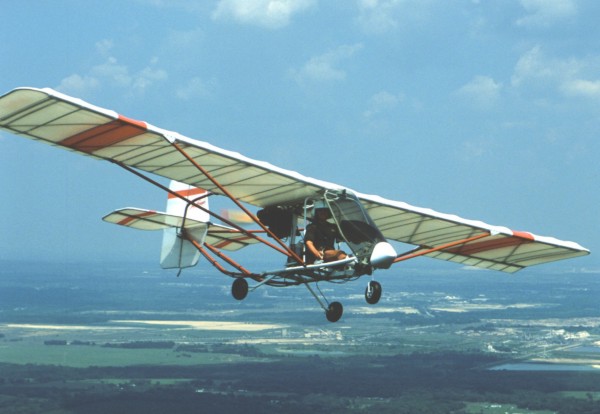
To many observers, SlipStream Industries is a different ultralight company. As they exhibit in the ultralight areas of big airshows, we know their heart is in the right place (as far as Ultralight Flying! readers are concerned anyway). But they also make twin-engine aircraft. One way SlipStream distinguishes itself among all light aviation enterprises is by offering not one, but two twin-engine aircraft. The line-up includes the SkyBlaster, which was recently renamed Gemini Twin to differentiate the name from SkyQuest, SlipStream’s other twin. Gemini Twin is a rare fore-and-aft arrangement using two 50-hp Rotax 503 engines. Certainly it is the only one with this configuration in the ultralight field and it draws some analogy to the famous Cessna Sky Master. Hence its closely related former name. Before the SkyBlaster/Gemini Twin, SlipStream developed and still sells another twin, the SkyQuest. Like its sibling, this twin aft engine pusher design uses the ultralight-standard 50-hp Rotax 503 dual carb as powerplants.








